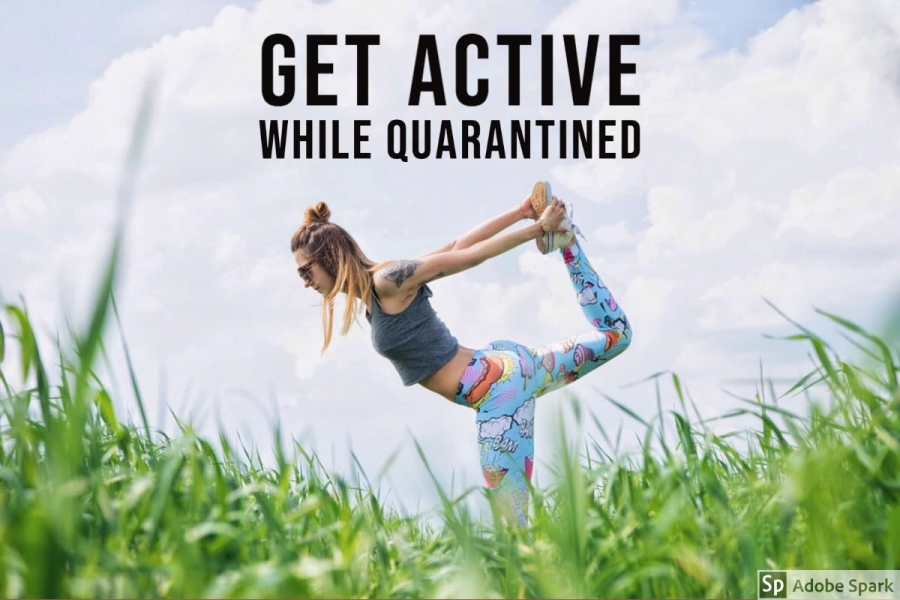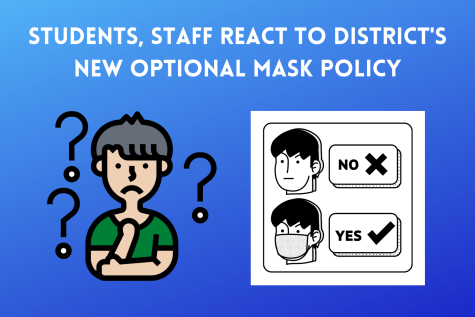A Guide on staying active during quarantine
Amid the COVID-19 pandemic, it can become extremely easy to sulk around in pajamas and binge-watch Netflix all day. However, it is actually really important to stay active despite the tempting urge to stay in bed. Here are some tips that will have you in your best shape by the end of quarantine!
The Science Behind It
Lying down on the couch and loading up on snacks might sound especially appealing right now. Ironically, this is actually a time to continue if not increase exercise in light of the fact that it can aid with boosting your immune system, which is crucial to fighting infections. According to health experts at Harvard University, physical activity can contribute to overall good health and therefore to a healthy immune system.
In addition to this, staying active has numerous benefits that include but are not limited to the following. First, it can help reduce the risk of heart disease, which approximately half of Americans are reported to have.
Secondly, exercising releases a chemical called endorphins. Distancing ourselves from our loved ones due to COVID-19 can definitely invoke feelings of sorrow, but endorphins are known to help the receptors in our brains promote feelings of happiness. Lastly, it can help with energy levels by increasing blood flow to the brain. Elevated energy levels aid with productivity, which is essential to success in both learning and working from home.
No Gym or Equipment? No Problem
Many gyms and fitness centers nationwide are closed due to COVID-19 precautions. However, this doesn’t mean that exercise has to come to a halt. Despite what others may think, equipment is not necessary to stay active. It can be as simple as heading outside for a jog, run, or even low-intensity yoga.
A more complex yet beneficial method of staying active is high-intensity interval training, most commonly known as HIIT. If your fitness goal is to burn calories efficiently, this is perfect for you. These types of workouts often entail a combination of quick high-intensity exercises with short, low-intensity resting intervals. Here are a few examples:
For a more guided workout, check out this HIIT workout by Pamela Reif:
For a more self-paced workout, check out this HIIT workout:
- Lunges (45 seconds)
- Jumping Jacks (45 seconds)
- Rest (30 seconds)
- Crunches (45 seconds)
- Mountain Climbers (45 seconds)
- Rest (30 seconds)
- Push-ups (45 seconds)
- Chair Tricep Dips (45 seconds)
- Rest (30 seconds)
On the other hand, if your fitness goal is to get toned, strength training is a great option. This involves the use of sets and repetitions to help keep track of strength training progress. This type of physical activity depends on the body part that you want toned.
Most prominently, people tend to focus on abdominal muscles, doing sets of 20 repetitions (reps) of an exercise that works this specific muscle. For example, crunches would focus on abdominal muscles.
The best part about strength training is that the number of sets and reps can be adjusted to what you feel comfortable with. Someone might not be as strong with arms as they are with abs, in which case they might decrease the number of sets and reps. 3 sets of 15 reps of push-ups or arm circles would be perfect. Here are a few exercises for the most popular muscles that people wish to work:
Abdominals
- Russian twists
- Plank
- Heel touches
Arms
- Shoulder taps
- Cross punches
- Jumping jacks
Legs
- Squats
- Lunges
- Calf raises
Motivation to Move
Simply making the choice to get up and move your body is difficult enough as it is, which is why staying motivated is key. Establishing a routine proves to be a very effective method for building consistency with any activity. For example, dedicating a particular time of day, such as 8 a.m. or 5 p.m., to workout can regularize exercise and aid in making it an essential part of your day-to-day life.
Another useful tip to staying motivated is to encourage your friends to workout with you. If you decide to talk a walk or run around the neighborhood, make sure to practice social distancing and stay 6 feet away.
You can even share workout videos with your friends over FaceTime or other video calling platforms and perform the workout together in real-time. Having an accountability partner will make it significantly easier to want to get up and move.
Get Moving
It might sound scary right now, but it’s time to get off of the couch, get out of those pajamas and into some athletic clothing, and get moving. This is especially important that with online schooling students will likely be staring at screens for several hours a day. This can take a heavy toll on your body.
Keeping your body stationary for an extended period of time can lead to an increase in risk for many health conditions. But with these tips, keeping your body up and active should be a breeze.
Your donation will support the student journalists of Akins High School. Your contribution will allow us to purchase equipment and cover our annual website hosting costs.

Academy: STEM
Number of Years on Staff: 2
Why do you enjoy being on staff? I love being able to give other people a voice and building my graphic design/journalism skills.
What do you do for fun? I enjoy hanging out with my friends, working out, reading, and hiking.
What are your hobbies? In my free time, I like to paint, sleep in, and explore new places around Austin.
Hopes & Dreams after high school? After high school, I hope to change our nation’s healthcare system.























